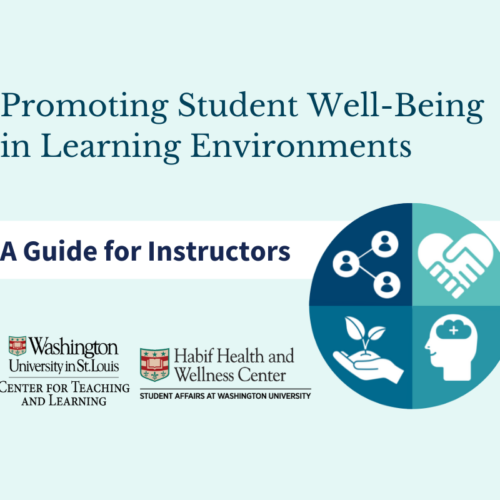How to Improve Class Discussions
Effective classroom discussions result from careful planning on the part of the instructor, writes Jay Howard, professor of sociology and dean of the College of Liberal Arts and Sciences at Butler University, in a recent story in The Chronicle of Higher Education. Howard in the article shares tips for creating better class discussions including how to counter norms, how to keep a discussion on track, and how to deal with participation grades, bad answers, and controversial topics.
For example, students often give the impression that they are paying attention during discussion when they aren’t, and typically only a small number of students make comments in class. Faculty can counter these trends by asking better questions, setting the stage for engaging conversations on the first day of class, and taking a meta approach by discussing discussions with students, to name a few strategies.
To keep a discussion on track, faculty can slow down dominant talkers by using think-pair-share or other strategies; quizzing students at the beginning of class to spur conversation; framing questions for engaging discussions; encouraging participation from students of varied backgrounds; and illuminating the “muddiest point,” or having students write at the end of class what they didn’t understand so faculty know which topics they need to revisit in subsequent class meetings.
Howard also includes an extensive list of resources for faculty who want to learn more about structuring class discussions.
“Effective class discussions rarely occur by chance. They happen because (a) you’ve structured your course to ensure that they happen; and (b) you’ve established from Day 1 that students will be expected to take part in discussions,” Howard writes. “The benefit of active participation for students is that they will learn more and develop the thinking skills that a higher education is supposed to facilitate.”






